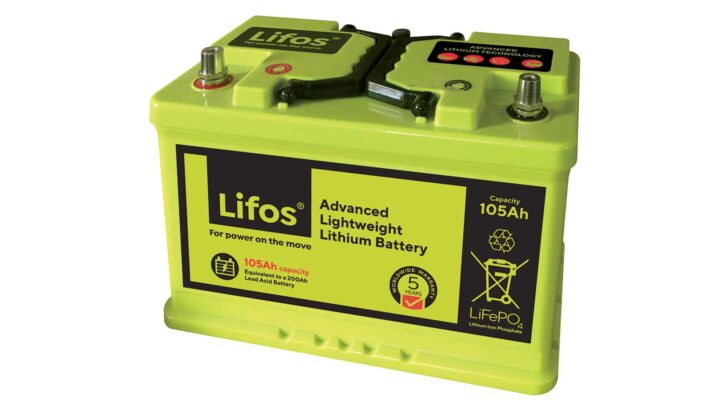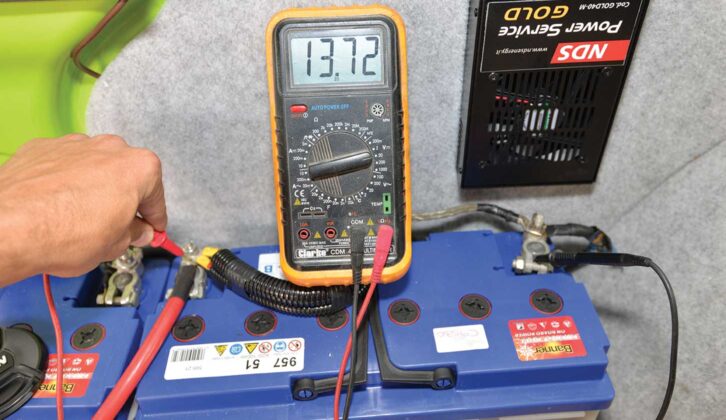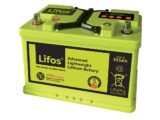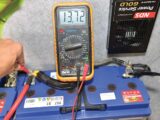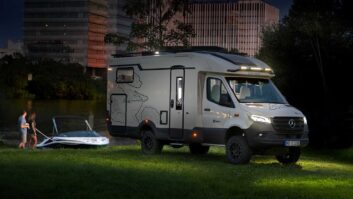There is a growing popularity for lithium-based batteries, and with good reason – but are they really as efficient as the advertising says?
First, let’s consider what a battery is. This is an energy store, just like a fuel tank, and before you can use any of the energy (fuel), you need to put some into the battery (tank).
Traditionally, we have used lead acid batteries in a variety of forms, everything from basic lead acid to gel to AGM, and even some rather fancy chemistries using silver – but they are all based on lead, which means they are pretty heavy. A 100Ah battery can weigh around 30kg.
Another limitation of the traditional battery is the safe depth of discharge (DoD), which is often quoted at 50%, although gel can usually handle up to 80%. Lead acid-based batteries also have a fairly limited number of recharge cycles, typically anywhere between 250 and 750.
Advantages and disadvantages of Lithium-based batteries
Lithium-based batteries present much better figures in all of these areas – a 100Ah lithium battery will weigh in at around 10kg, the DoD is almost always quoted as 80% or better, and they usually claim recharge cycles of a couple of thousand, for a greatly extended lifespan.
However, it’s not all sweetness and light with lithium. For a start, there’s the price; a typical 100Ah lithium battery will cost two to three times as much as a basic lead acid unit of the same capacity, but added to that is the fact that they have a different charging profile requirement to lead acid, which usually means changing your charging systems as well.
Now for solar that’s not such a big deal, because MPPT regulators with lithium profiles are readily available at similar cost, but your engine charging system might not cope very well.
One of the beauties of lithium-based batteries is they can take a much higher charging current than lead acid, so they recharge more quickly, but if your engine charging is via a basic split charge relay, the lithium battery can draw much larger currents than the split charge system can handle, and could damage the alternator.
The mains charger can be replaced with a lithium-friendly one, and the split charge system with a DC-to-DC charger (aka battery-to-battery or B2B) with a lithium profile, but this all costs.
It’s a big step forward, but 200Ah of lithium, a B2B charger, a mains charger, a new solar regulator and the labour to fit them, adds up to over £1000.
Take a look at our portable power stations guide to find out about an additional power source when you’re on tour.
If you’ve enjoyed reading this article, why not get the latest news, reviews and features delivered direct to your door or inbox every month. Take advantage of our brilliant Practical Motorhome magazine SUBSCRIBERS’ OFFER and SIGN UP TO OUR NEWSLETTER for regular weekly updates on all things motorhome related.
